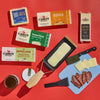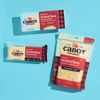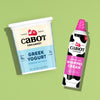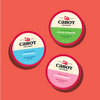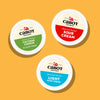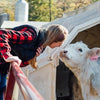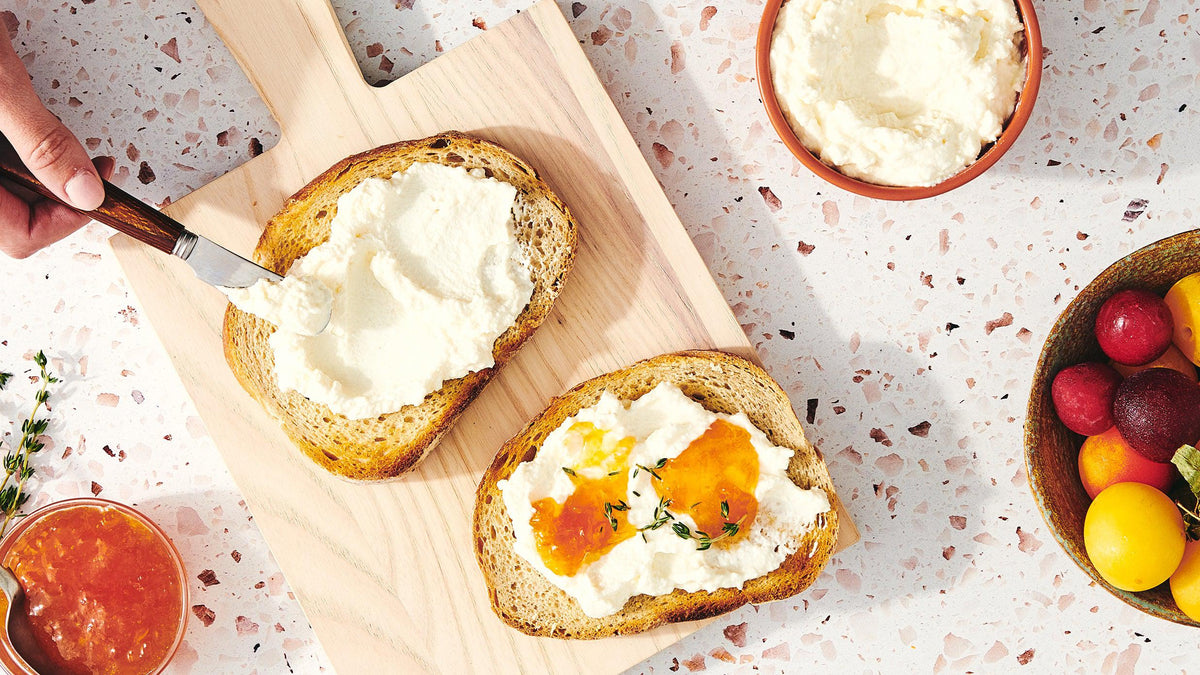
Grate Questions: Can I Make My Own Cheese at Home?
Ah, cheese. We slice it, melt it, and grate it—but can we make it? Can we just whip up a batch or a wheel or a wedge at home?
The simple answer is “yes.” Homemade cheese is possible; however, the cheese making process involves a somewhat complex set of steps and some ingredients that are not likely stocked in most home kitchens. Some cheese making supplies, however, are common household items, including; a pot, colander, bowls, knife or whisk, measuring cups, and thermometer.The basic recipe for cheese includes just four ingredients but, in the process, be ready with a pinch of patience, a dash of determination, and a heaping scoop of adventure. Cheese making after all is a curious mix of art, science, and craft that involves some trial and error.
 The following steps for how to make cheese at home is just a general description and not to be followed to the letter.
The following steps for how to make cheese at home is just a general description and not to be followed to the letter.
- Cheese is generally made with four ingredients; milk, starter culture, rennet, and salt. How the ingredients are brought together, handled, and aged results in the wide variety of cheeses people know [and love].
- Heating milk slowly is necessary to produce the desired temperature for lactic acid bacteria to thrive. Whole or 2% milk are usually best for cheese making.
- Either vinegar or citric acid, or lemon juice can be added to the milk to sour it. This process is used to make cheeses like cottage, ricotta and mascarpone. Adding cultures, or living bacteria, to the warmed milk is another way to break down lactose into lactic acid. The purpose of “acidifying” the milk is to force the milk to curdle and split, ultimately creating the curd.
- Enter the enzymes. The addition of rennet, an ingredient best to purchase from a cheese supplier, will cause the fluid milk to coagulate, turning milk from a liquid into a solid. Rennet is the enzyme that causes the milk proteins to link together. Again, temperature is important. The warm milk will activate the rennet and form a gel.
-
Separating, shaping, salting, and aging are the final stages in the cheese making process- and, depending on the type of cheese you are making, these stages may vary. The gel can now be cut using a kitchen knife or whisk into smaller cubes or pieces to remove the whey. As whey is separated and curds are pressed, moisture is removed. Additional heat and kneading will release more of the liquid. Salt is added in the final steps for flavor and acts as a preservative. The cheese may be aged in a temperature and humidity-controlled environment or enjoyed right away. The duration of aging affects the flavor and texture.
- Eat and enjoy!
Recipe for Homemade Cheese
When ready to try out your cheese making skills, check out our recipe for Homemade Ricotta Cheese, a good beginner cheese that requires less steps and very simple ingredients you probably already have in your kitchen!
The art of cheese making is simply turning a white milk canvas into a mouthwatering masterpiece. Because milk is about 90% water, about 10 pounds (1.25 gallons) of milk is needed to make one pound of cheese. The cheese maker orchestrates a series of chemical reactions [true to science] separating the water from milk, coagulating proteins, and concentrating proteins and fats. All cheese goes through the basic steps of coagulation, curding, shaping, salting, and aging. However, variations at each stage craft the wide variety of savory and delicious flavors and textures.
